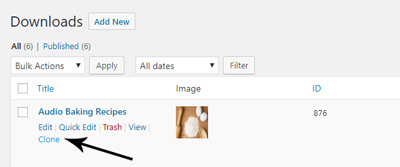

For individual files and memory, we use EnCase Enterprise to pull the data. Typically we receive just the hard drive from the system for analysis. We document the data of the hard drive when we process it before imaging. You can, in theory, use EnCase to create a DD copy of an image, then use the copy to create a cloned drive, but that would be like using a flamethrower to start a barbecue grill, just a little overkill. The copy will be used/modified but it starts as a true replica of the original.ĮnCase is not intended to be used to create clones of an original media. "Cloning" is used to produce a bit-for-bit copy of an original. It is similar to performing a copy with the exception is the clone will function exactly the same as the original. You can image memory, specific folders/files, and any writable media.Ī "Cloned" is an operation copy of the the hard drive.

The base "image" is kept in a read-only state and copies of the pristine image are subject to analysis/testing. The key thing to remember is that the "image" is intended to be an accurate "snapshot" of the imaged device. Irrelvant submissions will be pruned in an effort towards tidiness. Vote based on the quality of the content.

Topics include digital forensics, incident response, malware analysis, and more. This subreddit is not limited to just the computers and encompasses all media that may also fall under digital forensics (e.g., cellphones, video, etc.). The field is the application of several information security principles and aims to provide for attribution and event reconstruction following forth from audit processes. A community dedicated towards the branch of forensic science encompassing the recovery and investigation of material found in digital devices, often in relation to computer crime.


 0 kommentar(er)
0 kommentar(er)
